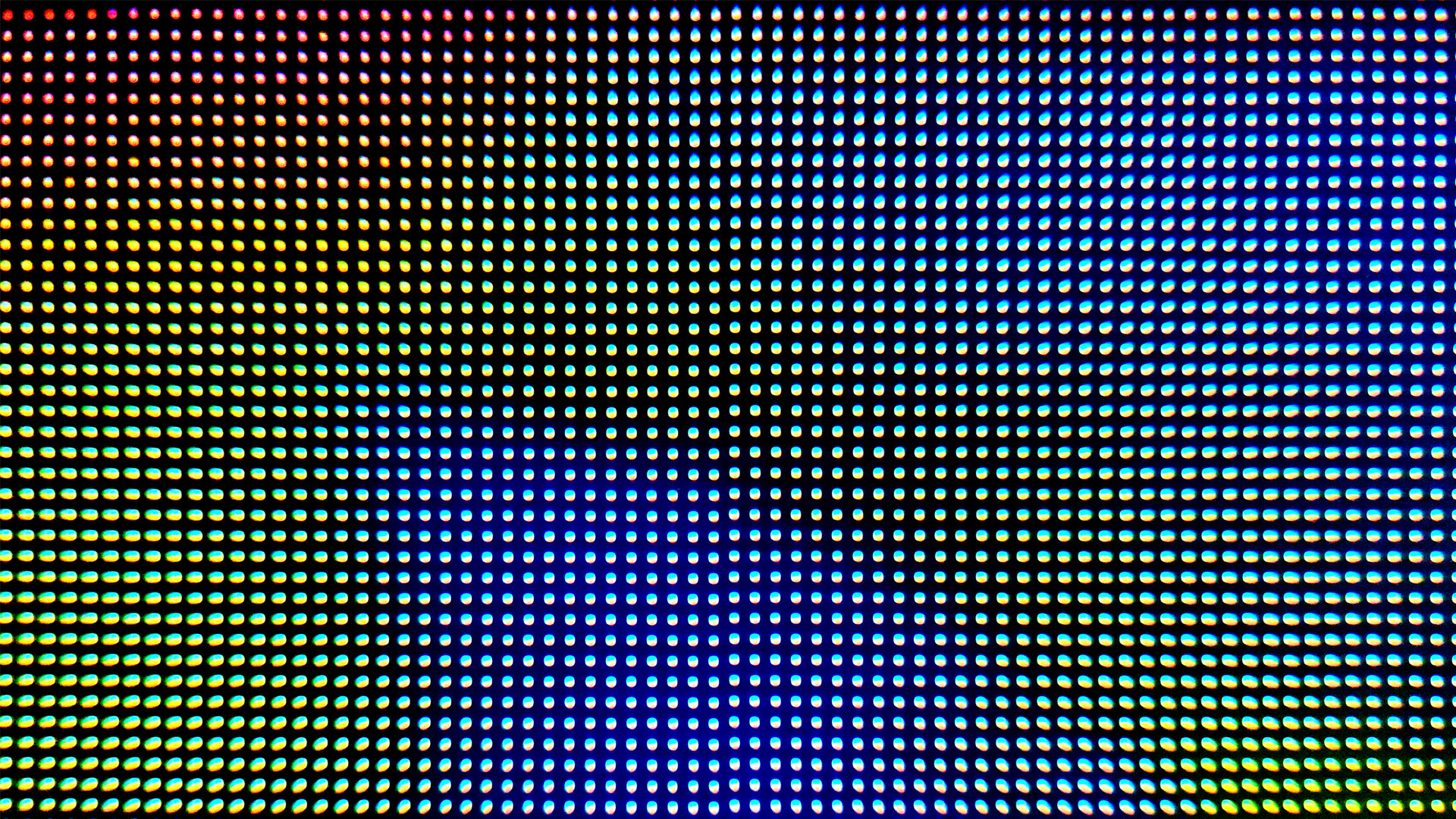Researchers create world's smallest pixel measuring just 300 nanometers across — could be used to create a 1080p display measuring 1mm across
Could unlock ultra-detailed, miniature displays for smart glasses and other wearables.

Researchers at the Julius-Maximilians-Universität Würzburg, Germany, have developed a new form of an organic LED that is many times smaller than existing options - measuring just 300 x 300 nanometers, according to SciTechDaily. If scaled up and built into a standard display, it would enable a 1080p screen that measured just 1mm across.
In the quest for lighter, more detailed, and brighter displays for augmented reality headsets and smart glasses, the most compact individual light-emitting diodes available as of 2025 are micro OLEDs. These measure just under five by five micrometers each, which is absolutely tiny compared to even the mini-LEDs that power many modern high-end TVs. But the new nanometer-scale OLEDs out of this German university and more than 10 times smaller.
“With the help of a metallic contact that allows current injection into an organic light-emitting diode while simultaneously amplifying and emitting the generated light, we have created a pixel for orange light on an area measuring just 300 by 300 nanometers. This pixel is just as bright as a conventional OLED pixel with normal dimensions of 5 by 5 micrometers,” says Bert Hecht, in the study published in Science Advances.
As this technology matures, it has the potential to develop ultra-compact displays for portable devices, saving on weight and power enormously, as well as new, highly-detailed displays (all the better for gaming with). At this scale, enormous pixel densities could be achieved, unlocking lifelike visuals - if you could get the processing power to render it.
The researchers achieved this new feat by modifying existing OLED structures. Simply miniatuizing OLED designs leads to issues with the gold antenna at the heart of each OLED gradually leaching its gold surface into the surrounding organic material, causing a short circuit.
To prevent this, researchers introduced a specially developed insulating layer around the optical antenna within each diode, focusing the currents and enabling long-lasting operation of the nano-scale OLED. Still, this "long" length of time only accounted for two weeks of testing, so building this proof-of-concept technology into something that is viable for real-world products and economies is a whole other ball game.
Researchers will now work on increasing the color gamut that the diodes can emit to the full RGB spectrum and improving their efficiency. As it stands, it's only at one percent, which would make these displays extremely power hungry to run.
Get Tom's Hardware's best news and in-depth reviews, straight to your inbox.
Still, if they can nail it, they'll bring about displays so small and light they could be integrated into just about anything, anywhere.

Follow Tom's Hardware on Google News, or add us as a preferred source, to get our latest news, analysis, & reviews in your feeds.

Jon Martindale is a contributing writer for Tom's Hardware. For the past 20 years, he's been writing about PC components, emerging technologies, and the latest software advances. His deep and broad journalistic experience gives him unique insights into the most exciting technology trends of today and tomorrow.
-
timsSOFTWARE Reply
If they can use that display to build a micro-projector, they could fit it into the rim of smart glasses, and use it to project (larger) images onto the glass. I think that's the big promise there, as suggested in the article.King_V said:Cue in the inevitable "dpi is still too low at 1080p" guy. -
Dementoss ReplyAdmin said:As this technology matures, it has the potential to develop ultra-compact displays for portable devices, saving on weight and power enormously, as well as new, highly-detailed displays (all the better for gaming with).
Don't encourage them, we'll be needing GPUs that use as much power as an electric shower... -
Thunder64 "Could unlock ultra-detailed, miniature displays for smart glasses and other wearables."Reply
Just say "allow". The word "unlock" is so overused these days it really is stupis used in the wrong context.